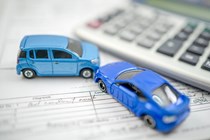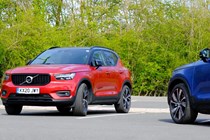We’ve covered the realities of car running costs elsewhere and now it’s time to take a look at some of the most effective ways of reducing them. It’s a particularly relevant subject right now, a time when household costs are rising sharply. Fluctuating fuel prices really don’t help, but that’s just one part of the picture. There are many way you can reduce car running costs.
Here, we’re going to discuss some of the key ways you can reduce your car’s running costs. Some of these measure have a bigger impact than others, but if you put some or all of them together you could make considerable savings.
Just so you know, whilst we may receive a commission or other compensation from the links on this page, we never allow this to influence product selections – read why you should trust us.
How can your reduce your UK car insurance?
Whether you pay monthly or annually, insurance can be one of the biggest ongoing costs of running a car – especially if you’re a new or young driver. Though car insurance is unavoidable – it’s legally required in the UK – there are things you can do that help reduce your premium.

Make use of price comparison sites
These are an absolutely invaluable tool when looking for the best car insurance deal available. Not all of the big insurers are available through them, but it’s still worth spending some time looking to see which deals offer you the best value.
Don’t get avoidable penalty points
Having points on your license can bump up your premium significantly. According to insurer Adrian Flux, three points could increase insurance costs by 5%, and four to nine points can add 25-45% to the bill. If you have 10 points or more, your premium could cost twice as much as it would otherwise.
Taking a speed awareness course when one is offered means you won’t get any points and there are ways of appealing a speeding fine, as well. Also remember that the penalty for using a mobile phone while driving has increased to six points per offence, a pretty big incentive to not do so.
Know your insurance groups
It always pays to look at the insurance group ratings for your next car. The groups are now numbered one to 50, not one to 20 as they used to be. Any car that’s rated lower than group 20 will probably be relatively inexpensive to insure. Cars in group 35 or higher are likely to incur pretty chunky premiums.
Get a car with driver assistance features (ADAS)
According to motor industry experts Thatcham Research, cars with autonomous emergency braking (AEB) are rated an average of five insurance groups lower than an equivalent car without AEB. That’s because the car with AEB is 25% less likely to be involved in a collision. Similar data for other driver assistance features like blind spot monitoring and lane-keeping assist doesn’t exist, however any tech that makes your car safer is likely to reduce your premium.
There are some features that can increase the cost of your insurance. Things like adaptive headlights or a panoramic glass roof can add to your premium because they’re expensive to replace if they get damaged.
Get a dashcam
Some insurers have started offering discounts if you have a dashcam in your car’s windscreen – even better if you also have one in the back window. It may make you a safer driver but, more importantly, it can provide very strong evidence for determining who’s at fault in a collision.
Similarly, you may get a discount if you have your car fitted with a tracker that can share its location if it gets stolen. And new or young drivers can get big discounts if they have a black box fitted to their car.
Add named drivers to the policy
Cars that are driven by more than one person are less likely to be involved in an accident. Adding other drivers to your car’s insurance policy can reduce the premium, especially if you’re young and those other drivers have more experience than you.
However, you absolutely shouldn’t engage in ‘fronting’, where the named policy holder never actually drives the car. Should you ever need to make a claim, you’ll almost certainly get found out, invalidating the policy and possibly leaving you open to prosecution.
Get a multi-car policy
If you have more than one car in your household, insuring them all individually can get rather expensive. Combining them all onto a single multi-car policy could save you a lot of money in the long run.
Changing your driving style can reduce running costs
You could reduce your fuel bill by getting one of the most economical cars. But there are all sorts of driving habits that can improve your car’s fuel economy, and reduce the wear and tear inflicted on the tyres, brakes and other components. Blasting around like your hair’s on fire will ultimately cost more than taking a more relaxed approach.
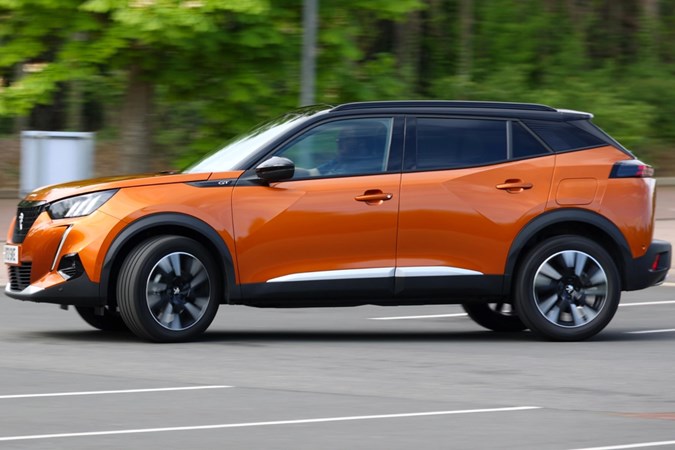
Refine your driving style
The keys to driving in a cost-saving manner are smoothness and anticipation. Accelerating and braking smoothly, rather than jumping on and off the pedals, helps improve help economy and reduces brake wear. Steering smoothly will help the front tyres last longer, as well.
Anticipation is all about looking as far down the road as possible. If you’re in a line of traffic, looking at what’s going on four or more cars ahead gives you more time to react and respond gently and smoothly. Increasing the gap to the car in front also helps you achieve this and makes it easier to maintain a constant, efficient speed.
Using the brakes unnecessarily also wastes fuel. It may be tempting, for instance, to hold the brakes all the way down a hill to stop your car going over the speed limit. However, if the hill is relatively gentle, you may only need to take your foot off the throttle. Changing gear at lower revs can improve economy, as well.
Warm your car’s engine
It can be worth running your car’s engine for a minute or two before driving off to let it warm up a bit. Engines are much less efficient when they’re cold, and wear increases on engine components because the oil isn’t as smooth and viscous as it should be.
Switch off the tech
A car’s on-board tech is ultimately powered by the engine. Having lots of it turned on increases the work the engine has to do, to the detriment of fuel economy. Air-conditioning is the biggest drain of all, because it’s powered by a belt running directly off the engine. Estimates vary as to how big an impact air-con has on economy, but a figure of 3mpg is often quoted. Heated seats and steering wheels don’t have anything like as big an impact.
Use the cruise control
Even the best drivers can struggle to maintain speed for long periods because it’s really difficult to hold the throttle pedal in one position. As a result, you’ll constantly speed up and slow down by a few miles an hour, which worsens fuel economy.
Cruise control eliminates that problem. It works best on faster A-roads and motorways, where you can set a speed and sit there for miles on end. You can also use cruise control to speed up and slow down, which can be more efficient than using the throttle and brakes.
Plan your journeys carefully
Avoiding traffic bottlenecks, roadworks and other stop-start hold-ups can go a long way to improving your car’s fuel economy over the course of a journey. Using a satellite navigation or smartphone apps like Google Maps or Waze with live traffic updates can re-route you around any jams. Some can even be set to plot the most fuel-efficient route.
Here’s our recommendation for the best satnav available.
Big screen and smart tech
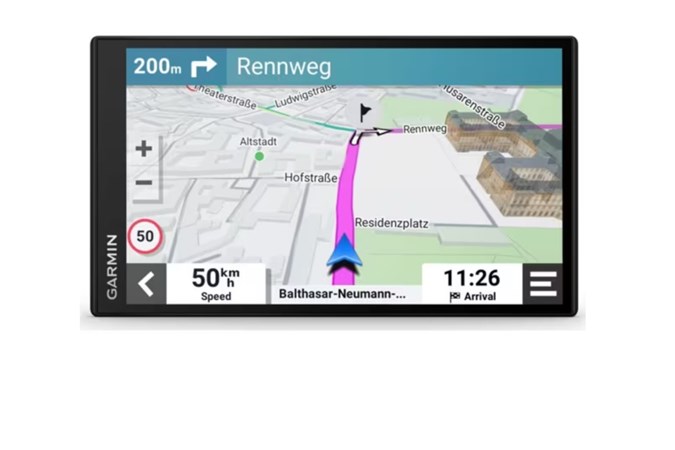

Pros
- Big screen
- Packed with features
- Clear graphics
Cons
- TomTom has better mapping
The role of fuel-saving tech and aerodynamics
There’s all sorts of tech built into the latest cars that help improve fuel economy. Most obvious is a stop-start system that turns the engine off when you come to a halt and fires it back up when you prepare to move off. It can be turned off but then you won’t benefit from the fuel savings.

Many engines also have cylinder deactivation which shuts down some of the engine’s cylinders when little power is needed, for instance while cruising along the motorway. It can improve fuel economy quite dramatically. A notice will appear in the instrument cluster when the system has engaged; you can quickly learn when it engages which will help you take advantage of its fuel savings as often as possible.
A car’s aerodynamics have a massive impact on economy, as well. That’s why cars that look like they were drawn with a ruler are usually pretty inefficient. Putting the windows down or running about with a roof box unnecessarily attached disrupts the air flow around the car, potentially knocking several miles per gallon off the car’s economy. If you like having the windows down, fitting wind deflectors reduces the impact it has.
Get your car serviced
Having your car serviced on schedule will keep it fit and healthy, and therefore as fuel efficient as it should be. It also helps prevent any problems developing unnoticed that could be expensive to fix. Many of the latest cars have service intervals of around two years or 20,000 miles, which helps spread the cost. When a service is due, a notice will show in the instrument cluster.
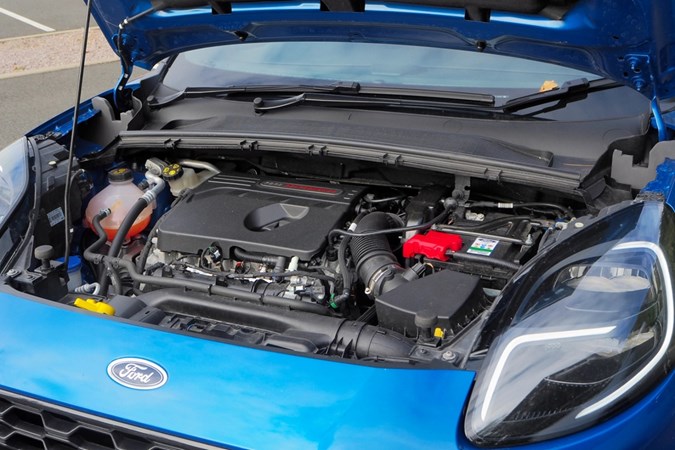
The part tyres play in running costs
Tyres generate a lot of friction as they roll along a road surface. Just overcoming that friction accounts for a large proportion of the work an engine does, and therefore how much fuel it uses. The technical term for a tyre’s friction is ‘rolling resistance’ and different types of tyre generate different amounts of it.
A tyre with high rolling resistance is actually a good thing, because it provides lots of traction and grip. But it won’t be especially fuel-efficient. The ideal is a tyre that provides decent grip with low rolling resistance. Helpfully, all tyres are rated for grip and rolling resistance, which you can see on the tyre’s label.
According to the British Tyre Manufacturer’s Association, the difference in fuel consumption between tyres of the same size with the highest and lowest rolling resistance is 6%, so it’s definitely worth spending some time looking at the numbers.
Check out our guide to the best eco tyres for fuel efficient driving.
It also pays to keep your car’s tyres inflated to the correct pressure. If they’re too low, rolling resistance increases and they wear out quicker. If using the air line at a garage seems like too much hassle, there are plenty of affordable tyre inflators available that you can use anywhere.
Light and fast


Pros
- Light weight
- Works fast
- Automatic cut-off
Cons
- Even more powerful inflators available
Minimising depreciation
Apart from a few highly desirable exceptions, every new car suffers from depreciation, which is often also described in terms of residual value. There’s no hard and fast rule for which type of cars depreciate more than others and it can seem quite counterintuitive. For instance, expensive luxury saloons that may seem incredibly desirable suffer among the very worst depreciation, while the basic Dacia Sandero hatchback has one of the lowest depreciation rates there is.
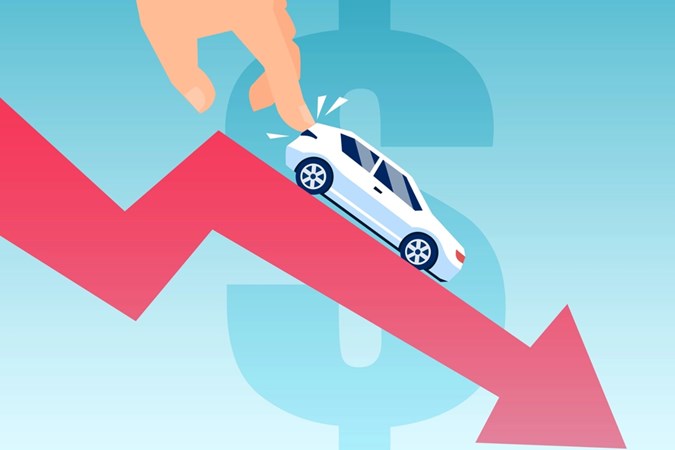
It most definitely pays, then, to check out the depreciation rate of any car you’re interested in. You can also find out a car’s true value using Parkers’ free car valuation tool.
There are ways you can minimise your car’s depreciation. Having it serviced on schedule is vital and keeping the car as clean as a whistle will be a big help. You should keep the interior clean, as well.
Switch to a plug-in vehicle
Getting a plug-in vehicle like an electric car or a plug-in hybrid could save you money on running costs. Not just in the lower price of electricity compared to fuel, but in lower rates of Vehicle Excise Duty. Servicing tends to be cheaper for electric cars, as well, because they have fewer moving parts than a car with an engine.
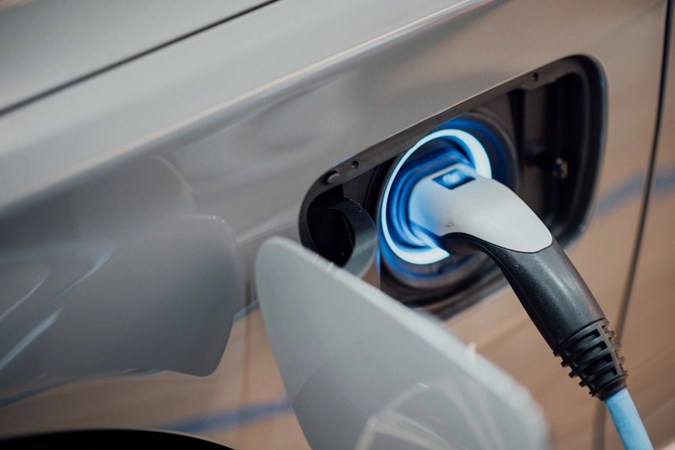
Sign up to the Parkers Newsletter to keep up to date with more of the latest reviews, news, and recommendations from the Parkers team.
Just so you know, we may receive a commission or other compensation from the links on this website - read why you should trust us.






